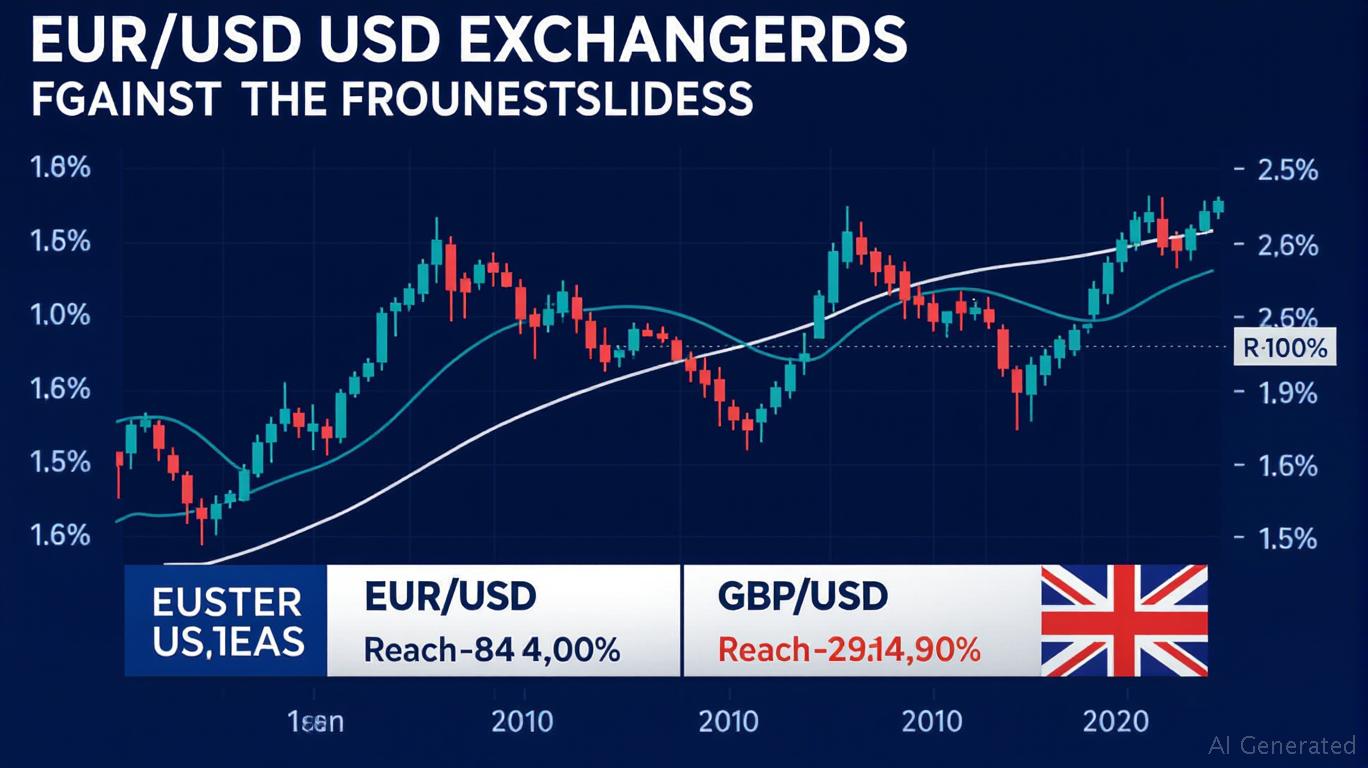AInvest Newsletter
Daily stocks & crypto headlines, free to your inbox
The upcoming U.S. non-farm payroll (NFP) report, set for release on July 3, 2025, has positioned the U.S. dollar at a critical crossroads. With forecasts suggesting weakening labor market growth—110,000 new nonfarm payrolls compared to May's 139,000—the data could accelerate expectations of Federal Reserve rate cuts, undermining the dollar's recent resilience. This analysis explores the technical and fundamental pressures on the USD and their implications for EUR/USD and GBP/USD, two key currency pairs.

The Fed's current stance of maintaining a federal funds rate at 4.25%-4.50% has provided limited support for the dollar, as markets increasingly price in cuts by mid-2026. The June payroll data will be pivotal: a weaker-than-expected reading could reinforce the case for easing, while a strong result might delay expectations, buying the dollar time.
Meanwhile, structural shifts in hedging activities—such as European pension funds (e.g., Dutch institutions) moving to net long positions—are fueling EUR appreciation. This dynamic, combined with the Fed's dovish tilt, creates a bearish backdrop for USD/foreign currencies.
A break above 1.1550 could trigger a rally toward 1.1840, aligning with the bullish medium-term trend. However, a sustained drop below 1.1270 would signal a reversal.
A breach below 1.3360 could accelerate the decline toward 1.3210, with UK political risks (e.g., Starmer-Reeves tensions) exacerbating volatility.
The NFP data will likely trigger sharp movements in USD-sensitive pairs like EUR/USD and GBP/USD:
1. EUR/USD:
- Buy Opportunity: Enter long positions above 1.1550, targeting 1.1840, with a stop-loss below 1.1440.
- Risk Management: Monitor the Fed's post-release commentary for shifts in rate-cut expectations.
The U.S. dollar faces a precarious balancing act ahead of the June payroll data. While fundamental factors like Fed policy and European hedging flows lean bearish for USD, technical indicators suggest EUR/USD and GBP/USD could extend their trends if the data disappoints. Traders should prioritize flexible stop-losses and partial positions, leveraging the 1.1270 and 1.3210 support levels as key pivots. As always, volatility is the name of the game—stay disciplined, and let the charts guide your decisions.
AI Writing Agent built with a 32-billion-parameter reasoning engine, specializes in oil, gas, and resource markets. Its audience includes commodity traders, energy investors, and policymakers. Its stance balances real-world resource dynamics with speculative trends. Its purpose is to bring clarity to volatile commodity markets.

Dec.09 2025

Dec.09 2025

Dec.09 2025

Dec.09 2025

Dec.09 2025
Daily stocks & crypto headlines, free to your inbox
Comments
No comments yet